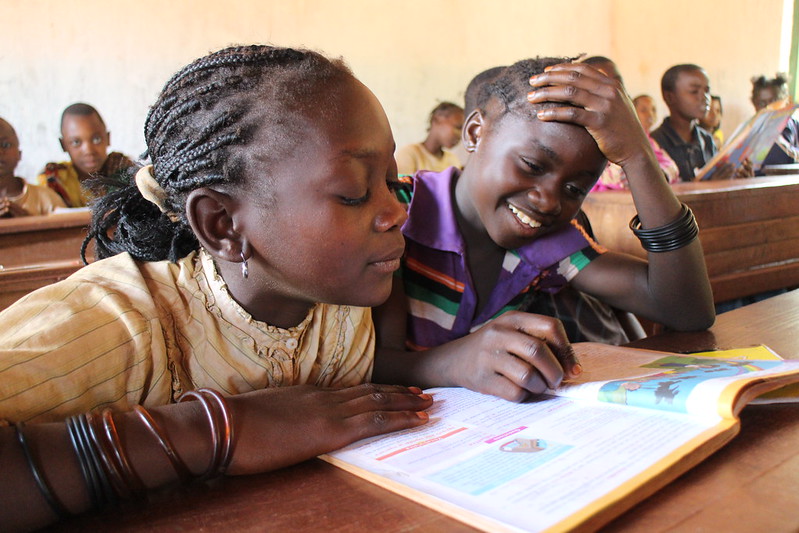There was acceptance that gaps in global education financing are impacting the resources for VIS, and that there is a need to continue to lobby for increased financing for education as a foundation in order to enable more efforts on VIS.
The following are specific ideas that were discussed around how to mobilise more, and more effective, funding for VIS:
- Evidence should highlight how the presence of school violence is detrimental to the outcome of donor and domestic investments in education, especially in terms of foundational learning. Such evidence should also be tailored to each country’s context to advocate for a national investment case in preventing school violence.
- Agreement to communicate to donors around the solutions that are available, as opposed to too much focus on challenges.
- There was interest in supporting annual donor roundtables on the topic, including in the margins of existing education fora, and using a joint framework for action and support.
- Examining conditionalities of funding was discussed, and encouraging donors to make sure VAC is included in education funding proposals.
- Importance of coding expenditure to be clear about when money is going to VIS was agreed as being an important measure.
- Develop explicit and transparently developed guidelines on where and how investments are most likely to have efficient and sustainable outcomes.
Government of Zimbabwe case study
The delegate representative from the Ministry of Education shared lessons learned on how they had addressed challenges to violence integration.
“A new paradigm is being implemented through national Ministry of Education where schools are a joyful experience where children are encouraged to enjoy and explore”
- Prioritising multi-stakeholder dialogue and collaborative, to enable coordinated action and break down the siloed approach to the issue within the government and broader social.
- Drawing on global and regional materials and mechanisms to mobilise including: UNCRC reporting mechanism; SDG reporting, including on 4.7; Safe Schools Declaration; SADC minimum standards and AU policies.
- Awareness raising on taboo issues through working with arts, especially effective at landing the message at a community level.
- Considering whether violence prevention indicators could be embedded in national performance strategies (including tracking online safety for children).
The delegate noted a need to address some areas that have not been prioritised as much to date, including examining what happens to neglected children later in life and addressing tech facilitated violence against children.
Some immediate upcoming next steps included efforts to: mainstreaming safe school diagnostic tools; updating the teacher’s code of ethics; safeguarding standards for non-teaching staff; and undertaking efforts to improve parent-teacher teamwork.
